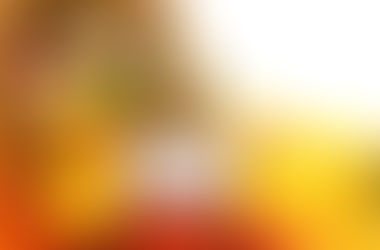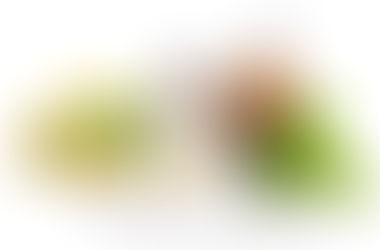Aromatherapy vs. Essential Oil Use
- Cynthia Tamlyn-CCA
- Nov 17, 2017
- 2 min read
Updated: Nov 6, 2021

I was recently asked to explain the difference between using essential oils and aromatherapy. It was such a good question I had to share my answer in a blog post. The minimum to become a qualified (holistic) aromatherapist is 200 hours of governing body recognized training. That training must cover anatomy and physiology, essential oil chemistry, methods of extraction and absorption, 20 case studies, an 8-10 page research paper, ethics, and much more followed by taking and passing a qualifying exit exam. The Alliance for International Aromatherapist defines it as: "Qualified aromatherapist – one who has completed a recognized training in aromatherapy at the minimum level of 200 educational contact hours as approved by the Alliance of International Aromatherapists or has been recognized through a standardized exam, such as provided by the Aromatherapy Registration Council. The Qualified Clinical Aromatherapist must complete a minimum of 400 hours of governing body-recognized training. That's 200 additional hours that dig into component blending (blending from the chemical components of the oil), an additional number of specific essential oils, an additional 12 case studies, and much more followed by taking and passing the exit exam. Using essential oils is an act of consumption. Without unbiased peer reviewed research materials and the training to interpret the data 'using essential oils' is a shot in the dark. This is why it's common to hear "You may have to try a few to find the one's that work for you." That's a wasteful and unsustainable approach to using such potent botanical chemicals. It takes 50 roses to make one drop of rose essential oil. Agricultural plants used for essential oil consumption are being harvested to the point of decimating the eco-system native to those plants. The German chamomile, Lavender, and Helichrysum I grow in my yard will never have the same therapeutic chemistry of their cousins growing in their native habitat. Sandalwood is successfully being farmed in Hawaii and Western Australia (looking forward to getting some of that next month) but it's not going to have the same chemical properties of native Indian Sandalwood, which no longer exists. There are tree's such as Agarwood, which you've probably never heard of it's the most expensive essential oil on the market, being poached because of their market value. Armed guards protect vanilla crop reserves because the last two seasons of vanilla growth in Madagascar were decimated by a drought then a cyclone. There is no proper steam distilled vanilla essential oil but it is produced through the chemical extraction method to create an absolute (commonly used in the perfume industry) or the CO2 extraction method to create a CO2 extract (commonly used in the food and professional aromatherapy industry). CBS news did a story on it. https://www.cbsnews.com/.../vanilla-bean-shortage.../ A CO2 extraction is a "cleaner" method of extraction that is becoming more widely available thanks to the need for CO2 extraction in legalized cannabis states. So I just geeked out on you there. If that's as clear as mud I'm happy to answer questions. Feel free to leave them in the comments. You can read more here: https://www.oilisticaromatherapy.com/single-post/2017/01/01/Clinical-Aromatherapy-vs-One-Size-Fits-All-A-cost-benefit-analysis here: https://www.oilisticaromatherapy.com/single-post/2017/02/01/Trying-Essential-Oils-and-Clinical-Aromatherapy and here: https://www.oilisticaromatherapy.com/single-post/2017/01/19/Who-When-Why




















Comments